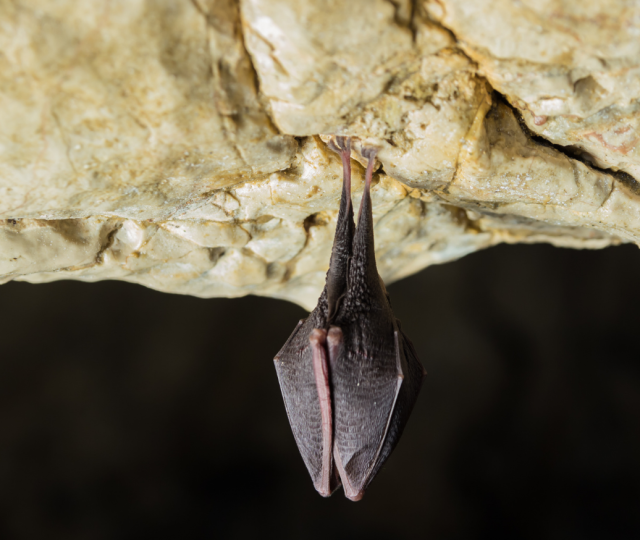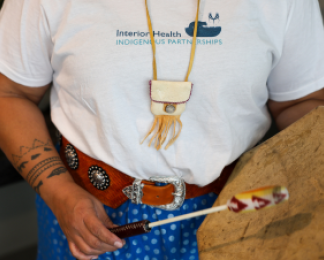Animal and insect-borne diseases
Insects, pets, farm animals and wildlife can carry diseases that affect humans. You can protect yourself and your family from the most common risks from animals.
Insect and spider bites often cause minor swelling, redness, pain and itching. These mild reactions are common and may last from a few hours to a few days. Home treatment is often all that is needed to relieve the symptoms of a mild reaction to common stinging or biting insects and spiders.
However, sometimes animals carry diseases that are harmful to humans. Diseases like Lyme disease and West Nile virus are spread through insect bites. Diseases spread by wildlife or pets include rabies and toxoplasmosis.














